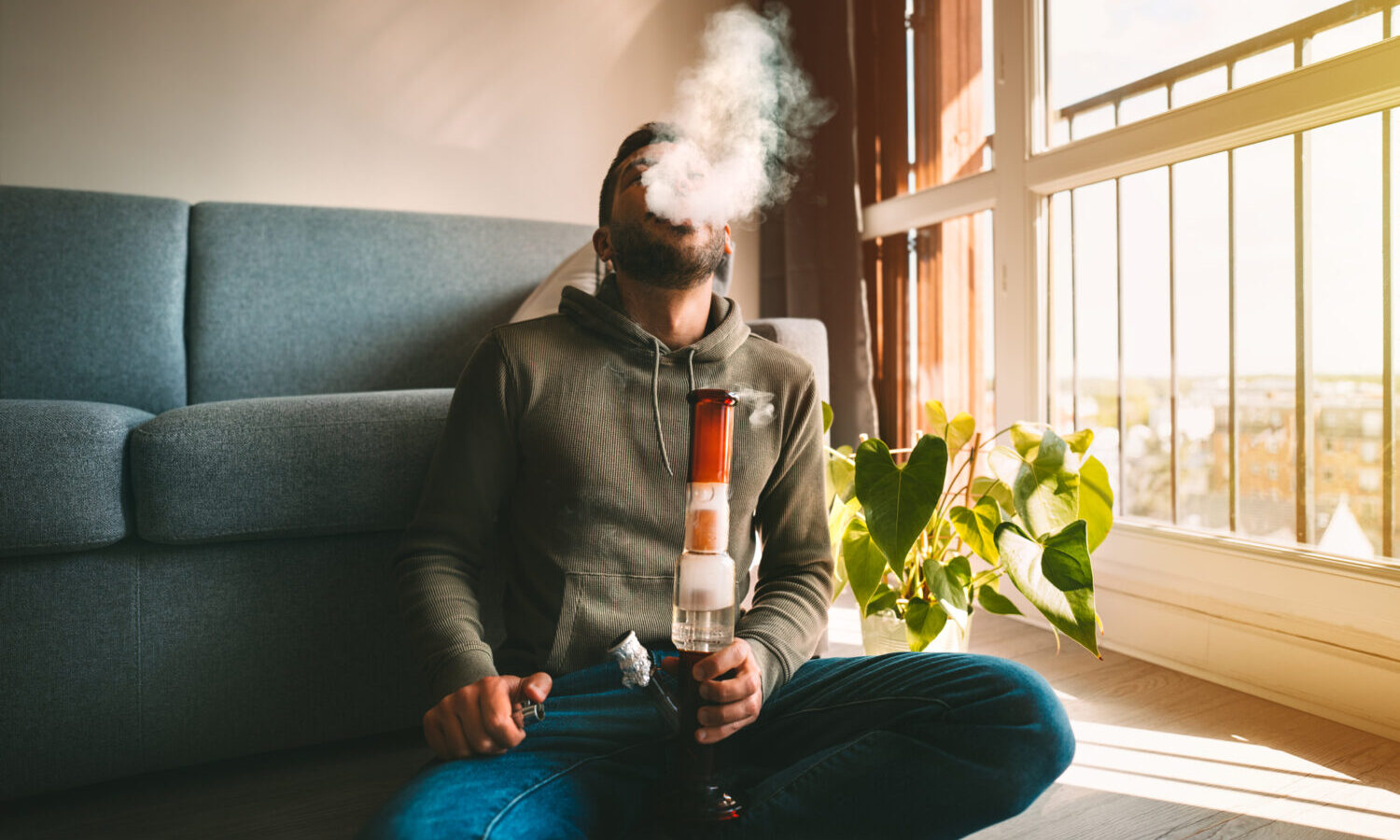Those who think that drug misuse is getting more serious in the US don’t see cannabis as one of the causes.
Most Americans don’t think weed is dangerous, but they have another concern a new survey by Rasmussen Reports revealed. The poll questioned 1,000 Americans about drug misuse and whether they believe marijuana is dangerous or a gateway “to more dangerous drugs,” reported Marijuana Moment.
Key Takeaways
- Some 59% of respondents agree that drug misuse in the U.S. is getting “worse” in general, compared to 9% who think health issues are improving.
- As many as 28% of respondents believe cannabis is either not very dangerous or not at all dangerous – 29%.
- For 23%, cannabis is “somewhat dangerous” and some 12% view it as “very dangerous.”
- Most Democrats (60%) said they didn’t think that cannabis is dangerous, compared to Republicans who are divided, with 48% thinking it is at least somewhat dangerous and 45% believing it isn’t.

What’s important is that 56% of those who think that drug misuse is getting more serious in the US don’t see cannabis as one of the causes nor think of it as dangerous.
RELATED: Hacks To Make Marijuana Last Longer
What about marijuana being a gateway drug? Respondents seemed to be evenly divided on this, with 46% thinking it is either “very likely” or “somewhat likely” that marijuana use “leads to the use of more dangerous drugs,” versus 46% who don’t believe this is likely.
The survey questioned 1,000 American adults from September 14-15, with a margin of error of +/-3 percentage points.
RELATED: Alcohol Industry Takes Big Gulps Of Marijuana Businesses
Rasmussen Reports is an American polling company founded in 2003. The company engages in political commentary and the collection, publication, and distribution of public opinion polling information. Rasmussen Reports conducts nightly tracking, at national and state levels, of elections, politics, current events, consumer confidence, business topics, and the United States president’s job approval ratings. Surveys by the company are conducted using a combination of automated public opinion polling involving pre-recorded telephone inquiries and an online survey.


